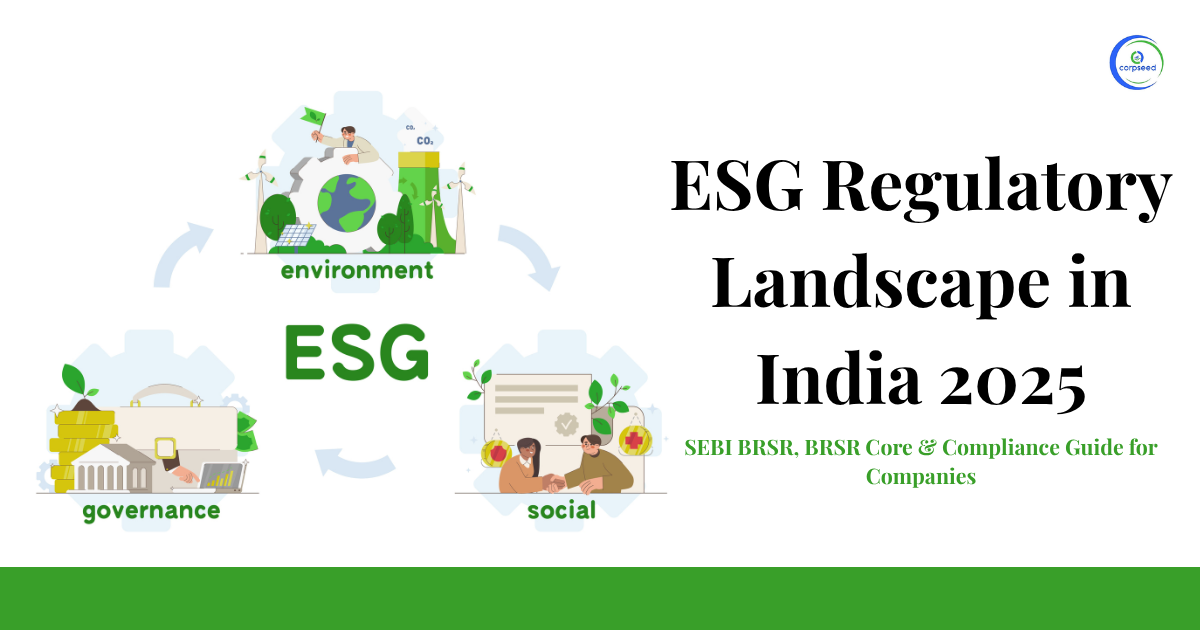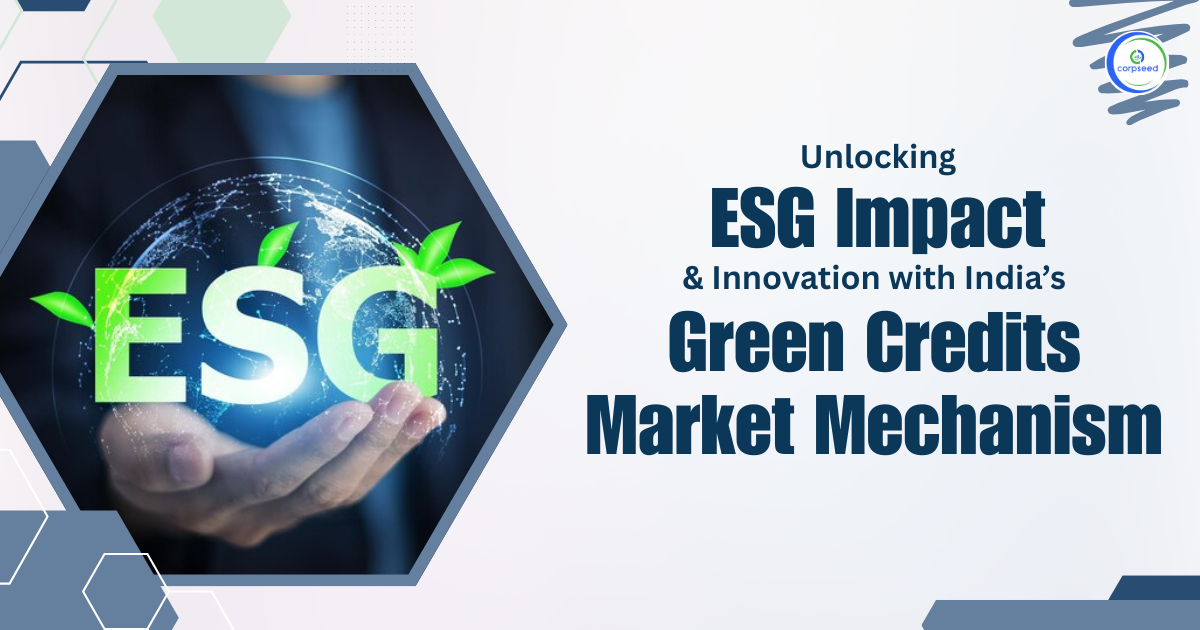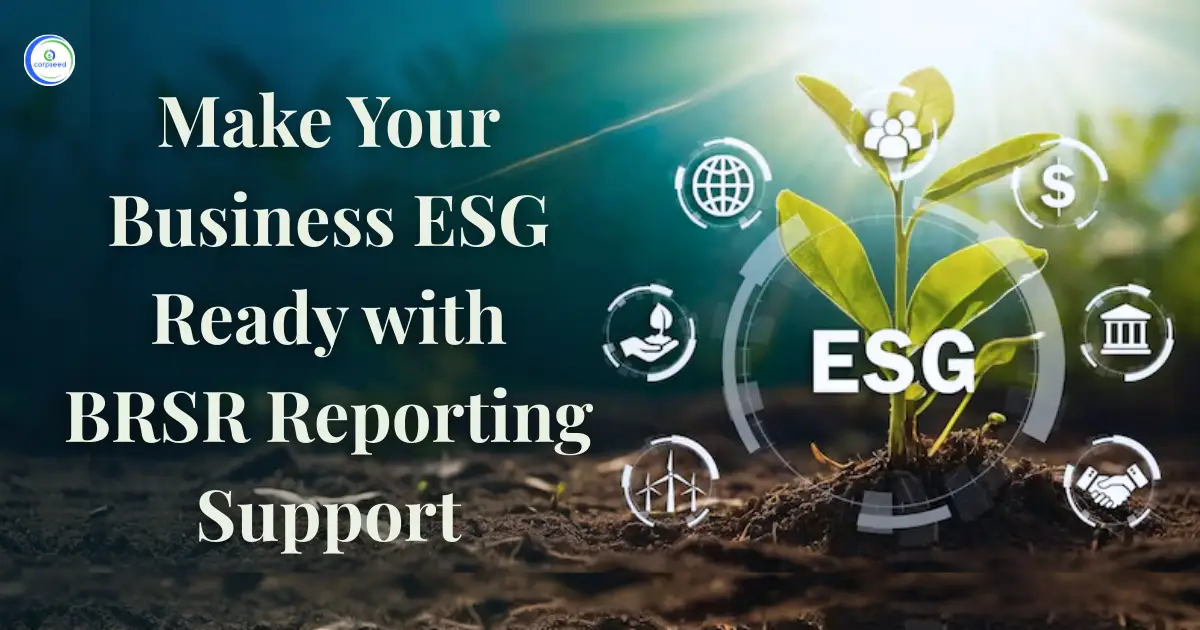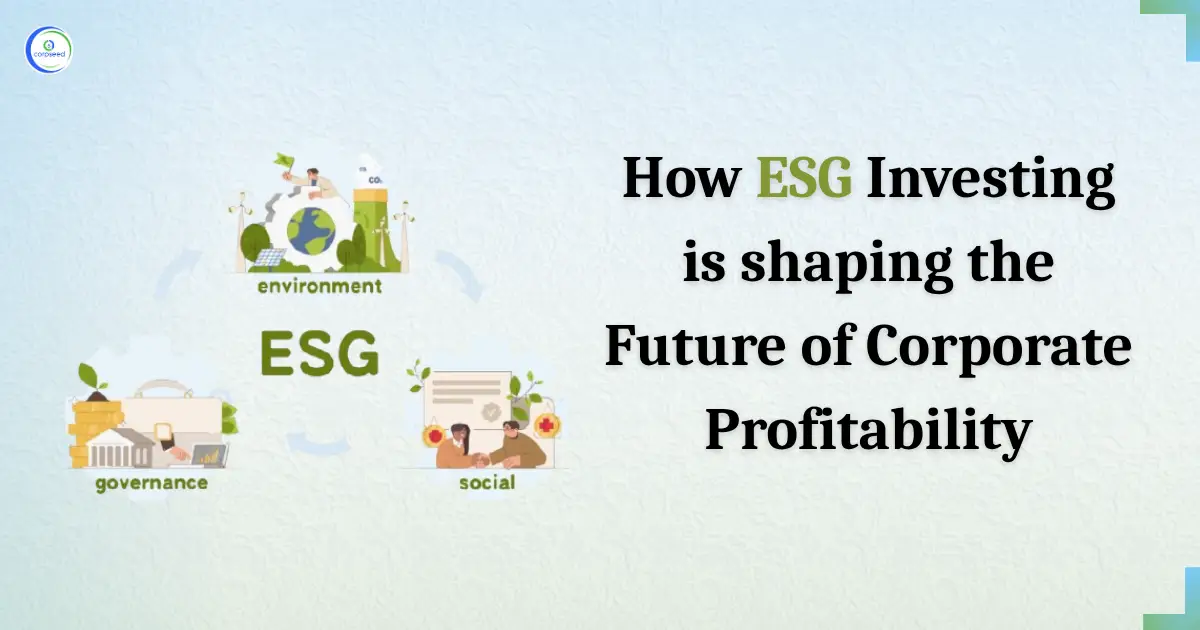India’s corporate space is undergoing a major transformation. Environmental, Social, and Governance (ESG) compliance in India has evolved from a voluntary practice to a structured legal requirement. Listed companies must now present detailed disclosures about their environmental impact, social responsibilities, and governance ethics.
In 2025, the Securities and Exchange Board of India (SEBI) elevated ESG mandates by introducing the BRSR Core under the SEBI BRSR 2025 framework. This stricter version enhances data accuracy and promotes transparency, aligning India's ESG reporting norms with global standards.
Table of Contents
- What is ESG Compliance in India?
- Understanding BRSR: Foundation of ESG Reporting in India
- What is BRSR Core?
- Key Features of SEBI BRSR 2025 Rules
- Objectives behind SEBI’s ESG Reforms
- Benefits of ESG Compliance for Indian Companies
- Best Practices for ESG Reporting in India
- Final Thoughts on ESG in India 2025
--------------Blog Contact Form-------------
What is ESG Compliance in India?
ESG compliance refers to a company’s obligation to measure, manage, and report on its environmental, social, and governance activities.
Key Components
- Environmental: Energy efficiency, carbon emissions, water and waste management.
- Social: Labour practices, employee welfare, diversity, community outreach.
- Governance: Board structure, ethical conduct, transparency, and risk controls.
Under SEBI BRSR 2025, the top 1000 listed companies must adopt structured ESG disclosures. The top 250 companies face enhanced reporting through the mandatory BRSR Core India format.
Understanding BRSR: Foundation of ESG Reporting in India
The Business Responsibility and Sustainability Report (BRSR) was introduced to replace the outdated Business Responsibility Report (BRR). BRSR offers a more in-depth, metrics-based reporting format consistent with international benchmarks.
Applicability
- Mandatory for the top 1000 listed companies since FY 2022–23.
- Included within the annual report filings.
BRSR Coverage Areas
- Energy usage and emissions
- Natural resource efficiency
- Employee well-being, safety, and diversity
- Governance, ethical conduct, and transparency
- Social responsibility and community involvement
BRSR aligns with the Global Reporting Initiative (GRI) and the Task Force on Climate-related Financial Disclosures (TCFD).
What is BRSR Core?
BRSR Core is a sharper, assurance-backed version of BRSR, tailored for the top 250 listed entities from FY 2024–25 onward. It highlights performance-based, sector-agnostic ESG metrics with mandatory independent verification.
Key Features of BRSR Core India
- Mandatory for top 250 listed companies
- Covers 9 key ESG performance indicators (KPIs)
- Requires third-party assurance
- Enforces value chain ESG reporting from FY 2025–26
KPIs under Mandatory Assurance
- Scope 1 and 2 greenhouse gas emissions
- Gender diversity in the workforce and leadership
- Water consumption and discharge data
- Occupational safety and incident metrics
- CSR contributions and measurable outcomes
This transition ensures companies back their claims with verifiable data moving beyond symbolic sustainability to measurable impact.
Key Features of SEBI BRSR 2025 Rules
The key features of SEBI BRSR 2025 rules are:
1. Tiered Implementation
- Top 1000 companies: Annual BRSR filing.
- Top 250 companies: Mandatory BRSR Core adoption with assured KPIs.
2. ESG Assurance Mandate
Nine critical ESG metrics require independent validation by SEBI-approved assurers.
3. Value Chain ESG Disclosures
From FY 2025–26, companies must include ESG performance of 75% of their supply chain.
4. Public Accessibility
All ESG reports must be digitally available on company websites and disclosed via stock exchanges.
5. Sustainability-Linked Financing
Firms issuing green or sustainability-linked debt must disclose transition plans in line with SEBI’s ESG debt regulations (June 2025).
These new requirements enhance ESG compliance in India, increasing transparency and eliminating non-substantiated claims.
Objectives behind SEBI’s ESG Reforms
The SEBI BRSR 2025 reforms aim to transform ESG reporting from symbolic to performance-driven.
Core Objectives:
- Standardization: Uniform ESG disclosure format across sectors.
- Transparency: Ensure easy access to verified ESG data for stakeholders.
- Greenwashing Prevention: Mandatory third-party checks curb false sustainability claims.
- Global Alignment: Compliance aligned with EU CSRD and ISSB guidelines.
- Sustainable Value Chains: Extend ESG principles to supplier networks and partners.
Benefits of ESG Compliance for Indian Companies
Here are the key benefits companies gain by following ESG compliance in India:
1. Better Global Market Access
Adherence to BRSR Core India prepares companies for mechanisms like the Carbon Border Adjustment Mechanism (CBAM) and EU climate standards.
2. Investor Confidence & Green Finance
Verified ESG metrics attract ESG-focused investors, sustainable funds, and green bond markets.
3. Operational Risk Management
Regular tracking of water use, emissions, and safety minimizes compliance breaches and litigation.
4. Brand Credibility & Trust
Transparent reporting strengthens brand image among consumers, regulators, and partners.
5. Competitive Business Advantage
Early adoption boosts positioning in public procurement, export eligibility, and strategic partnerships.
Best Practices for ESG Reporting in India
These are the best practices companies should follow for effective ESG reporting under SEBI BRSR 2025:
1. Form a Dedicated ESG Cell
Establish a sustainability team to track performance, ensure compliance, and train departments.
2. Use Standardized Formats
Strictly follow SEBI’s BRSR and BRSR Core templates for accuracy and comparability.
3. Run Internal Readiness Checks
Conduct periodic audits to test data validity and prepare for external assurance.
4. Partner With Approved ESG Auditors
Engage third-party verifiers early to prevent last-minute delays and ensure assurance success.
5. Focus on Material ESG Issues
Tailor reports to emphasize the most relevant risks and impacts per industry.
6. Integrate ESG Technology
Utilize ESG tracking platforms for data collection, management, and reporting.
These steps ensure smooth adoption of SEBI BRSR 2025 norms and long-term ESG success.
Final Thoughts on ESG in India 2025
India’s ESG landscape has moved from scattered disclosures to structured, verifiable reporting. With SEBI BRSR 2025 and BRSR Core India, companies are not just expected to talk sustainability-they must prove it. As the top 250 companies implement BRSR Core and begin preparing for value chain disclosures, businesses must act fast.
ESG is now a business-wide strategy, not a PR effort. Those who adapt early will enjoy better financing, stronger reputations, and global market readiness. ESG is no longer a box to tick-it’s the blueprint for building a resilient and responsible enterprise.
This portion of the site is for informational purposes only. The content is not legal advice. The statements and opinions are the expression of author, not corpseed, and have not been evaluated by corpseed for accuracy, completeness, or changes in the law.
BOOK A FREE CONSULTATION
Get help from an experienced legal adviser. Schedule your consultation at a time that works for you and it's absolutely FREE.









